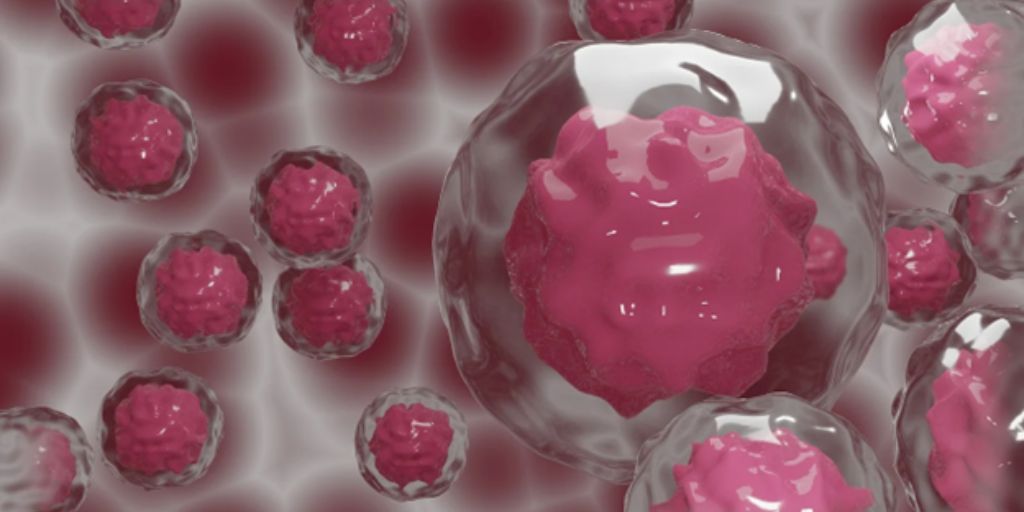
Radiation therapy is a critical part of treating cancer because it provides a focused method to eliminate cancer cells while causing less harm to healthy tissue. The accuracy of this treatment matters greatly for patient results and reducing side effects.
In this regard, medical dosimetry and professional dosimetrists have a key role to play in making sure that the radiation dose is correctly measured and delivered.
This article explores how medical dosimetry ensures precision in radiation therapy.
Understanding Medical Dosimetry
Medical dosimetry, which is the science of measuring and calculating the doses of radiation, makes use of advanced technology and planning skills. Similarly, a person involved in medical dosimetry is called a dosimetrist.
But what’s a dosimetrist? Well, the main job of a medical dosimetrist is to make sure that the patient receives the right amount and type of radiation as per the doctor’s instructions. The goal is to design an effective plan that delivers the required dose to a targeted tumor while limiting exposure to healthy tissues around it. This interdisciplinary effort is essential for effective and safe cancer treatment. They work in teams with other experts like radiation oncologists, medical physicists, and radiation therapists to create detailed plans for providing patients with accurate doses of radiation.
Dosimetrists perform many vital jobs, like making thorough therapy plans with the help of complex computer programs and imaging tools. They also calculate the precise radiation dosage spread inside the patient’s body and carry out quality control checks to confirm treatment plans’ correctness and equipment functioning properly. In addition, they are in charge of keeping complete records about treatment planning details such as dosimetric calculations along with all information related to patients’ cases including their history or any other relevant data for record-keeping purposes.
The Process of Medical Dosimetry and Treatment Planning
The beginning stage of medical dosimetry involves obtaining clear images showing the patient’s anatomy. Methods like CT (Computed Tomography), MRI (Magnetic Resonance Imaging) and PET (Positron Emission Tomography) scans give a detailed view of the tumor and nearby parts. These images are very important for making precise plans about treatment.
In simulation, the patient is positioned in the exact way they will be during treatment. The doctors use devices for immobilization to make sure positioning stays consistent. This step aids in carefully plotting out the treatment area and guarantees that every therapy session mirrors the planned setup.
For the imaging data, dosimetrists apply high-tech software to create a treatment plan. This stage involves contouring the tumor, the organs at risk, and other important structures on imaging scans. They decide the best angles and shapes of radiation beams for targeting the tumor correctly. Lastly, they compute the distribution of radiation dosage to confirm it’s giving the most possible control over tumors while safeguarding healthy tissues.
Dose Calculation, Optimization, and Quality Assurance
Correct dosage calculation is the basis of medical dosimetry. To do this, dosimetrists make use of intricate algorithms that mimic how radiation interacts with patient tissues. Next is applying optimization methods or, altering beam factors to achieve the most favorable dose spread. The aim here is to deliver a uniform and accurate dosage to the tumor while reducing exposure to healthy tissues and important structures like the spinal cord, heart, or kidneys.
Before the treatment plan is put into effect, it goes through strict quality control procedures. This involves checking for plan verification to confirm that the calculated dose is equal to the intended dose and that the treatment plan follows indicated parameters. Regular equipment calibration is performed to keep radiation therapy machines precise and dependable. Moreover, phantom studies are performed to verify the treatment plan in a regulated environment by using simulated materials that replicate human tissues.
Technological Advancements in Dosimetry
The medical dosimetry field has greatly benefited from advancing technologies. For example, with the advent of intensity-modulated radiation therapy (IMRT), we can now modulate radiation beam intensity to provide more exact dose distributions. Also, image-guided radiation therapy (IGRT) uses real-time imaging for precise patient positioning and adjusting to changes in tumor size or location.
Proton therapy, using protons instead of X-rays, shows a better way to spread doses and protect healthy tissues. This progress makes radiation treatments more precise and successful.
Additionally, new medical tools and gadgets are constantly emerging to streamline and improve radiation treatment efforts, raise the standard of patient radiation planning, and enhance cancer outcomes.
Conclusion
In the field of radiation therapy, medical dosimetry is an integral part of ensuring the treatment plans are precise and work effectively. Dosimetrists are indispensable medical team members who create intricate plans, calculate doses correctly, and confirm the high quality of the treatment process. Their input is significant in achieving successful results when treating patients with cancer using radiation therapy.













